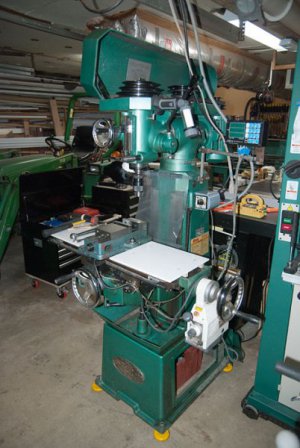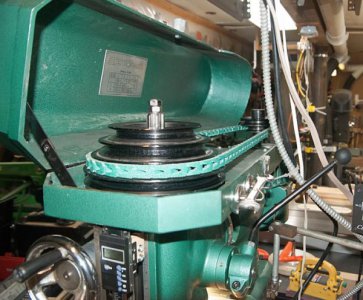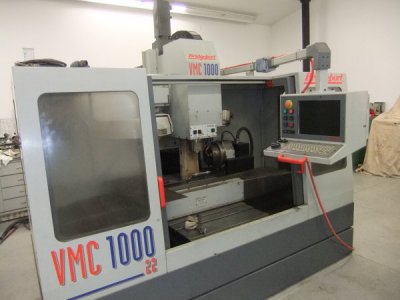A while back I purchased an 80's style 4" column mill, added a VFD and converted it to CNC running under mach3 for hobby use. My idea at the time was just get a machine and learn enough to make some decent looking parts while learning the basics and hopefully by then be able to make a slightly more educated purchase of a more capable (and expensive) machine. Tons of fun to this point, and I'm now thinking about upgrading. My present mill works quite well, my only complaints being the loss of registration when cranking the head up and down and the ACME screw vs. ball screw limitations (although mach is pretty good at compensating for the backlash). I considered upgrading to ball screws but am now thinking start fresh with something more capable than a 6" machine.
This is what I have now after adding CNC capability (I have since added guards over the belts and gears):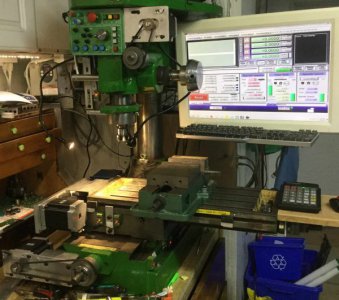
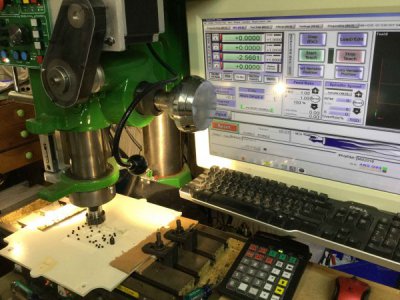
I'm considering replacing it with something like a 8 x 30, something like this: https://www.busybeetools.com/products/knee-mill-vertical-craftex-cx-series-cx603.html
This appears to be be the same as a Grizzly G0731.
I would either remove all the CNC parts from my original and mate them to the new mill or sell my existing mill with all the CNC stuff included and just do a similar conversion on the new mill.
How do these 8 x 30 Clausing clones compare to a used Bridgeport or similar quality mill?
What other models should I consider?
I don't really have a feel for what price I should ask for my existing mill with all the CNC stuff included, any wild ideas as to what a reasonable asking price woule be?
This is what I have now after adding CNC capability (I have since added guards over the belts and gears):


I'm considering replacing it with something like a 8 x 30, something like this: https://www.busybeetools.com/products/knee-mill-vertical-craftex-cx-series-cx603.html
This appears to be be the same as a Grizzly G0731.
I would either remove all the CNC parts from my original and mate them to the new mill or sell my existing mill with all the CNC stuff included and just do a similar conversion on the new mill.
How do these 8 x 30 Clausing clones compare to a used Bridgeport or similar quality mill?
What other models should I consider?
I don't really have a feel for what price I should ask for my existing mill with all the CNC stuff included, any wild ideas as to what a reasonable asking price woule be?


